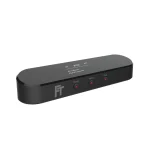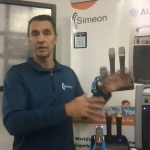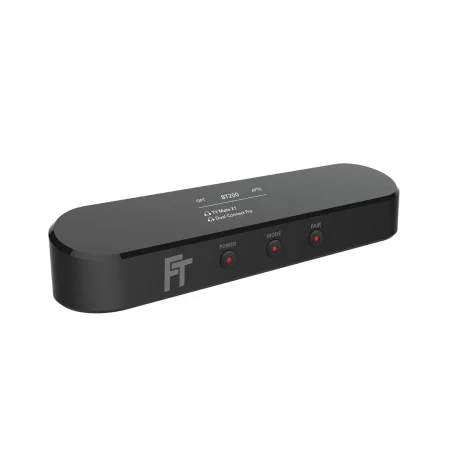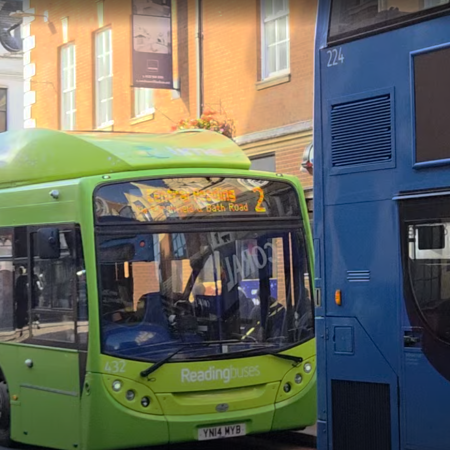A trial at Bristol Temple Meads shows exactly why Auracast could transform rail travel. And if more proof was needed, I experienced it just now … a platform alteration.
I’m typing this en route from Reading to Stafford, the first leg of a journey that will eventually take me to Tranmere Rovers for their match against Gillingham. As a Gills fan, I’m fortunate enough to travel the country to watch my team win, lose or draw. Where possible, those journeys are by train.
But as someone with a severe hearing loss, that means travel anxiety.
What is the problem Auracast can solve on the railways?
This morning’s issue was that last-minute switch of platforms. I arrived a good half-hour before departure in a futile attempt to secure our reserved seats, safely enjoying a bacon butty and watching the world go by.
Entertainment came from a GWR train being decoupled on the tracks in front of us.
It soon became apparent that the train was going nowhere, and around 10 minutes before departure, our train’s platform was changed. Passengers scrambled, as the new platform was several minutes’ walk away. That was the only indication I had that something had changed – well, that and the apologetic looks from the engineers moving the stuck train.
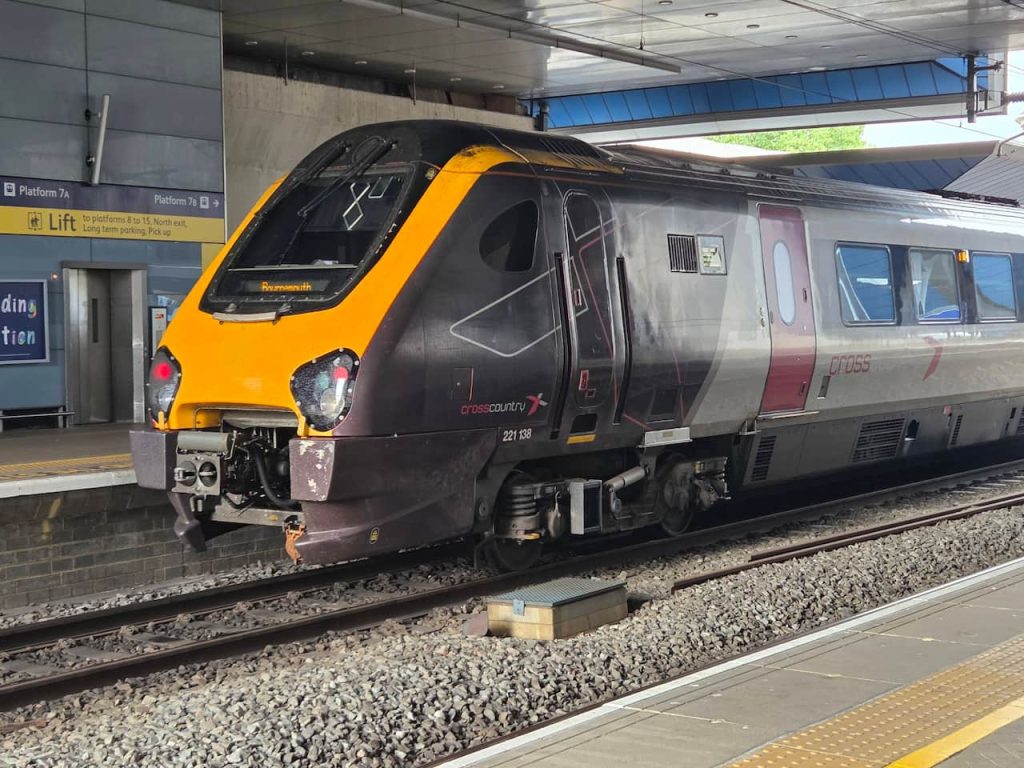
Yes, there had been a station announcement, but it could have been made in Swahili for all I knew.
This is a common problem for individuals with hearing loss or those requiring extra assistance on the railways. With so many moving parts in a fast-paced environment, navigating comfortably and safely can be a challenge.
I’m old enough to remember slam-door carriages, clipped tickets and miserable British Rail sandwiches, so I know that electronic displays have made things easier. However, mistakes still occur – and in overcrowded trains, with passengers crammed into vestibules or bike racks while gazing enviously at empty first-class seats, stress levels rise rapidly.
As I type this, the train manager is making an announcement. I have no idea what is being said. It was just a babble of information buzzing around the carriage.
My hearing aids, while brilliant, can’t cut through the crackle.
Coping without Auracast
Most of my journeys start and finish in Reading or its satellite stations. Familiarity helps. I know which platforms are usually used, so I check the display boards every minute or so to confirm. Even then, I’ve missed platform alterations – once my London train switched platforms in the short walk from the board to the platform, leaving me late for work.
For football journeys further afield, I book through TrainPal which uses split ticketing for cheaper fares (affiliate link here – up to £3 off train ticket promo code for you. Use my invite code a5008ec4 and register with this link). I stack this with cashback from TopCashback (affiliate link here, with a sign-on bonus of around £10, terms and conditions apply).
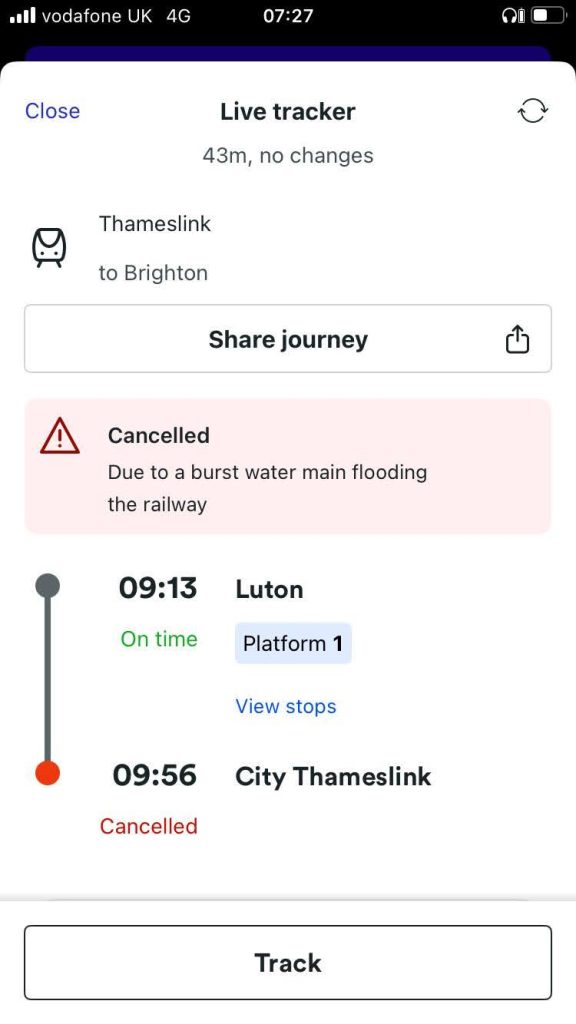
The bonus: it gives me a digital itinerary of stations and timings, recording delays when things go wrong. If I don’t have this, I jot the details on paper and keep it in my wallet – useful when there’s no signal.
Some trains have digital screens showing the next stop, but these aren’t infallible. Sit in the wrong seat and you won’t see them.
Finally, there’s looking out of the window. At worst, I only realise I’ve reached my stop when we’re pulling in – cue a frantic scramble to grab my bag and gadgets like my MultiMic+. It happens.
And if I’m stuck in a vestibule with no view thanks to another overcrowded train, even that solution fails.
Hopefully, this helps explain why train travel can bring such anxiety.
As a seasoned traveller from Reading – one of the UK’s busiest stations – I know the system well.
For less frequent passengers, the stress is even greater.
Inside the Bristol Temple Meads trial
Over the summer, Ampetronic has been testing its Auri Auracasting system at Bristol Temple Meads.
Across the station complex, it has installed a network of Auri transmitters.
These ensure blanket coverage across platforms, concourses, waiting rooms and shops. The units are tucked inside weather- and pigeon-proof casings. They are barely visible unless you know where to look.

The system also allows multiple channels.
At Bristol Temple Meads’ ticket booths, passengers can hold private conversations with staff and accessed via a QR code. By scanning it with a phone camera, the passenger connects securely, confident only they can hear the conversation.
Ampetronic also highlighted the problems with old telecoil loops.
Installing them at scale means miles of cable, with the risk that one break brings the whole system down. Auracast avoids that problem entirely.
Clear announcements everywhere at Bristol Temple Meads
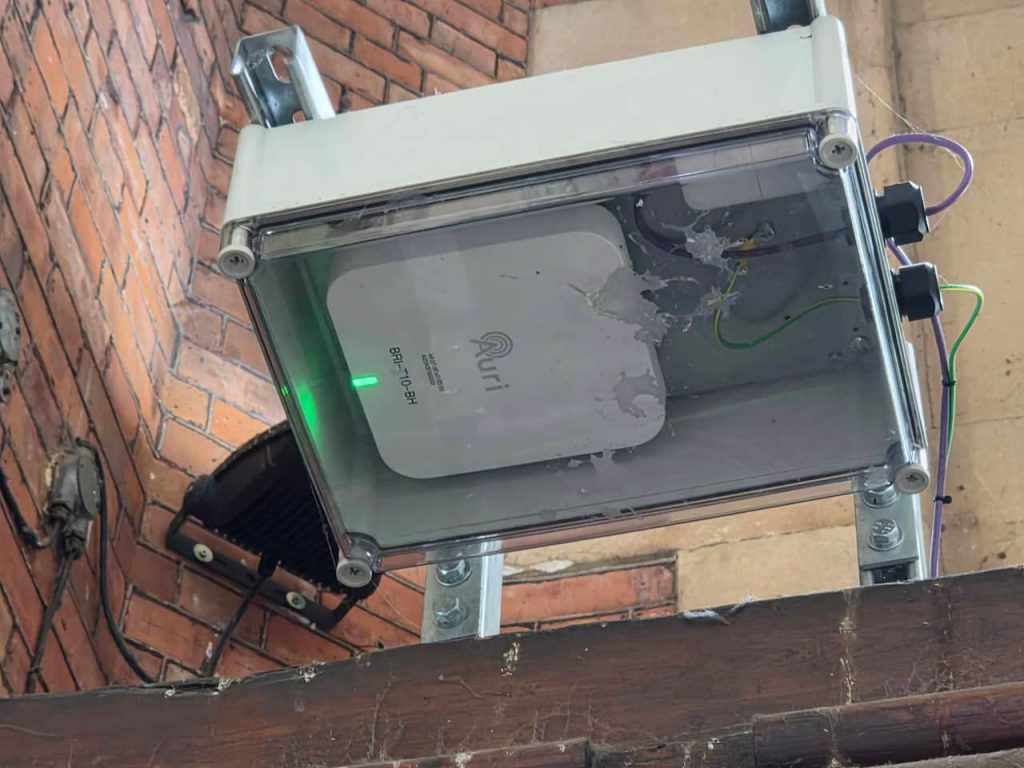
If you only take away one thing from this review, it’s this: in public settings, Auracast delivers clear announcements.
As long as you can tune in – usually via an assistant app on a smartphone – you’ll hear what’s being said. Volume can be adjusted, and hearing aid apps allow tweaks to tone and pitch for maximum clarity.
Coming from the hiss and crackle of loops, the clarity is astonishing. It’s genuinely transformative.
Because each Auri box is linked, like a WiFi network, sound stays consistent throughout the station. Loud. Clear. Reliable.
I’ll admit: I couldn’t wait for the official trial to begin, and had to try the Auracast as soon as possible.
On arrival at Bristol Temple Meads, I opened my ReSound app, tapped into the Auracast Assistant, and within seconds announcements were streaming in.
Limitations
So what’s the snag?
Right now, it’s all announcements or none.
There are only so many times you can hear “see it, say it, sort it” before it becomes an ear worm.
And if you’re waiting for information about your train to Skegness, you don’t want to sit through every other train being listed first.
It reminded me of snow days before the internet: you’d tune in to the local radio, waiting to hear whether your school was open. The long wait, the risk of mishearing – and the relief (or disappointment) when your name was finally read out.
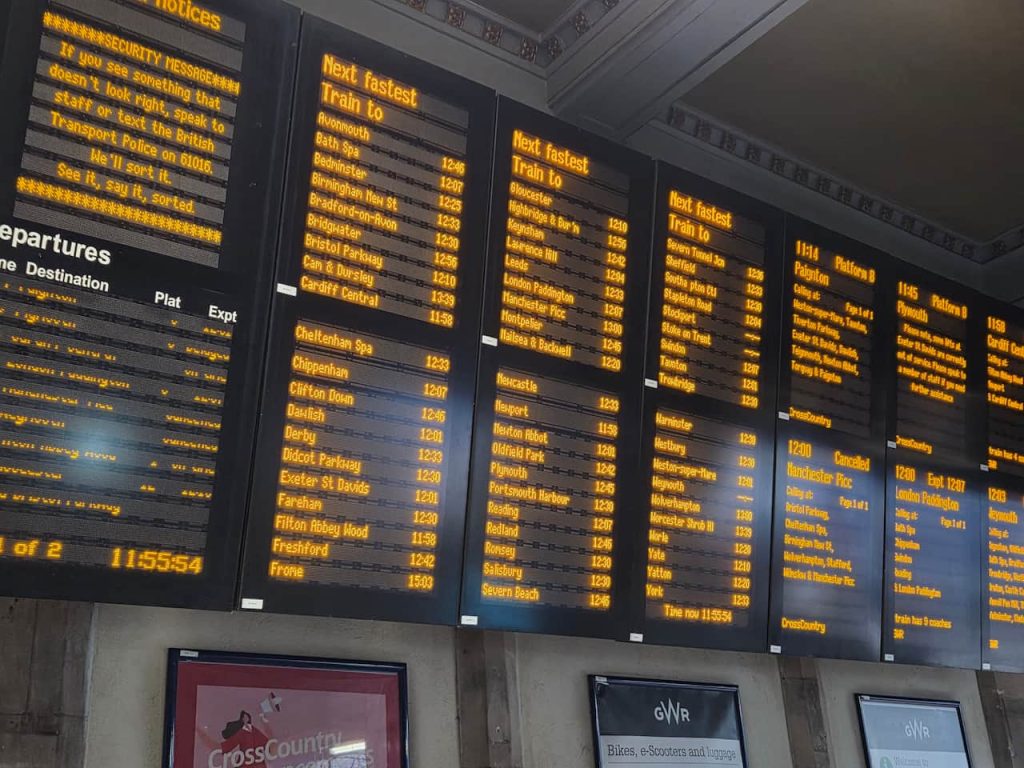
Future trials will hopefully see Network Rail experimenting with different Auracast streams for each platform, or group of platforms. It’s a complex challenge. Busy stations like Bristol Temple Meads can see the arrival and depature of hundreds of trains a day, and ensuring full accessibility while dealing with a live, shifting timetable is no small feat.
Another snag is backwards compatibility.
At ticket desks, staff can lend an Auri receiver and loop wire for telecoil users. But once you leave the booth, how do you maintain that?
Borrowing receivers in a busy station such as Bristol Temple Meads isn’t practical – where would passengers collect and return them?
Looking ahead
So, is Auracast at Bristol Temple Meads a success?
Yes. Without a shadow of a doubt.
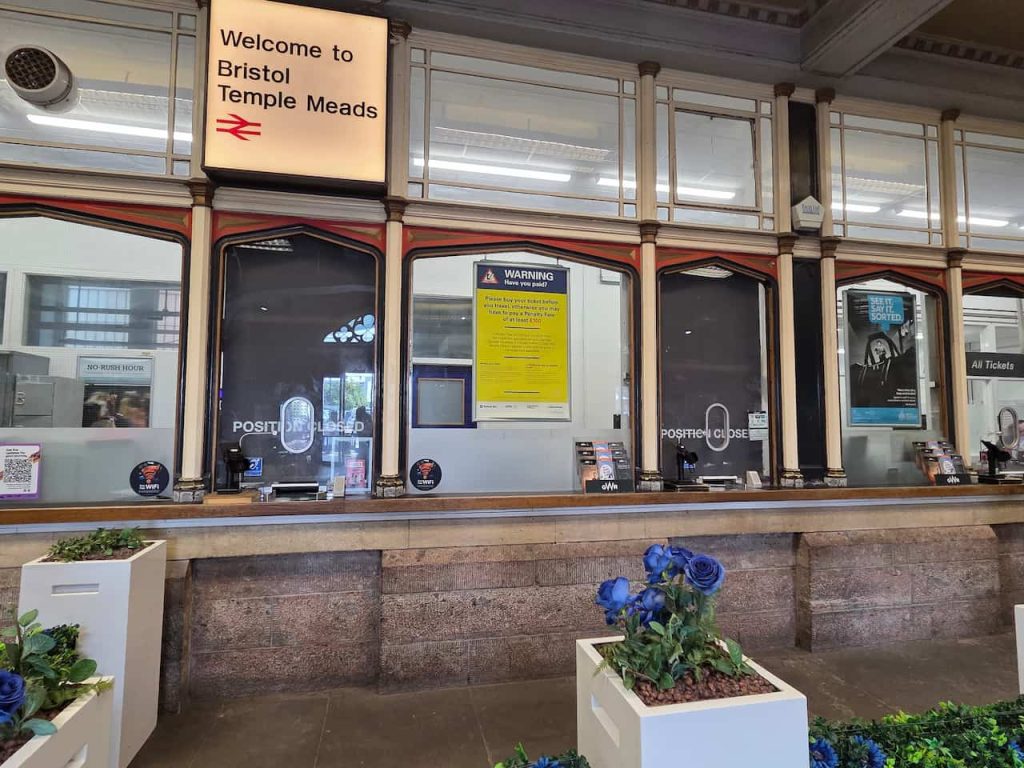
The trial points to a future where people can travel with confidence, knowing they won’t miss vital announcements.
The real breakthrough will come if it’s installed on trains themselves.
If nationwide rollout at stations proves too complex, the new Great British Railways should at least require Auracast in every carriage. That would be a game-changer for accessibility.
Final note
The Ampetronic Auracast trial at Bristol Temple Meads was organised by Network Rail and funded by Catapult. It’s an early glimpse of a more inclusive future for rail travel.


